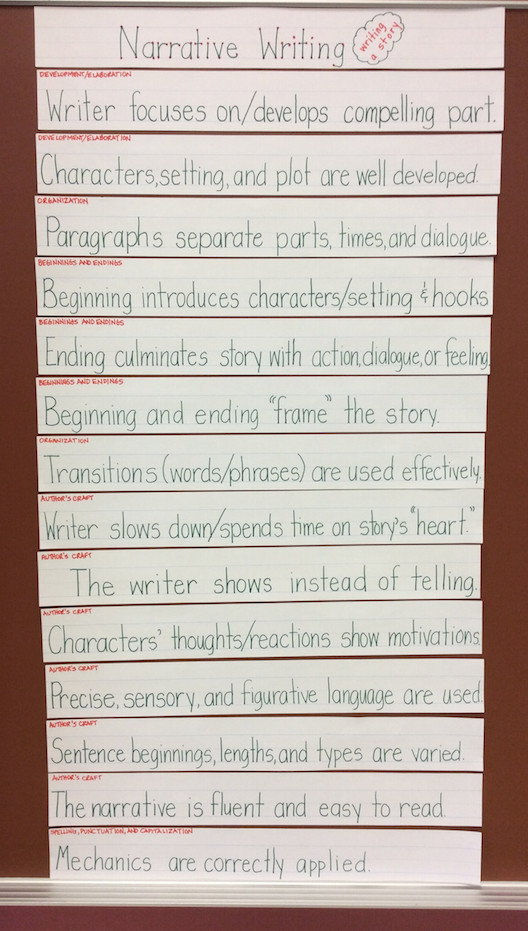My fourth grade students need to know about mean, median, mode, and range (not to mention processes for crunching numbers and displaying data). Unfortunately, data analysis is one of the last math units we tackle each year. How could I introduce these concepts earlier in the year without disrupting my math schedule?
This week, I gave my students a science pretest on sound. Ah-ha! A teachable moment! I gathered their scores.
We took a look at the raw data, and ugh! What a mess. We couldn't make heads or tails of this.
After organizing the data from lowest to highest, things became clearer. Students could see which number occurred most often (mode), the middle number (median), and the difference between the highest and lowest numbers (range).
They got out their calculators to find the sum of all data points. Then they simply divided by the total number of scores. Voila! We had the mean, or average.
We reviewed the new vocabulary: MOde occurs MOst often, median is in the middle (just like the median between lanes on a highway), range tells the spread, and mean is the average (equal distribution). I plan to review these terms and how to use them over the course of the year, whenever possible. In my experience, repeated exposure to a set of concepts works better than simply teaching a unit of study once.
For the grand finale, I introduced line plots. These simple little graphs pop up on standardized tests all the time, but students rarely see them in the classroom.
Each piece of data is represented by one "x"---to show frequency. We talked about clusters (places on the line plot where data is clustered) and outliers (pieces of data that are set away from clusters), as well as how this graph helps us summarize and analyze the data quickly and easily.
We spent 10 to 15 minutes discussing data analysis: just a quick hit. I'm glad I grabbed this "teachable moment" with my students!
Brenda
P.S. This mini-lesson also got my students thinking about their own learning (metacognition!) After analyzing the data, we could clearly see that the average score (9.74 out of 14, which was less than 70%) was in the "poor" category. Even though three students were in the "B" range (12 out of 14 correct), they did not know two key concepts about sound. Did our class need more review on this third grade standard? The answer was a resounding and unanimous "yes!"
The next day they moved through six
sound centers and made generalizations. After discussing thoroughly as a class, exploring a bit more with some websites, and practicing with flashcards and a study guide, we'll retest again on Monday. I feel confident that their scores will be high . . . and maybe it will be time for a little more data analysis!
























